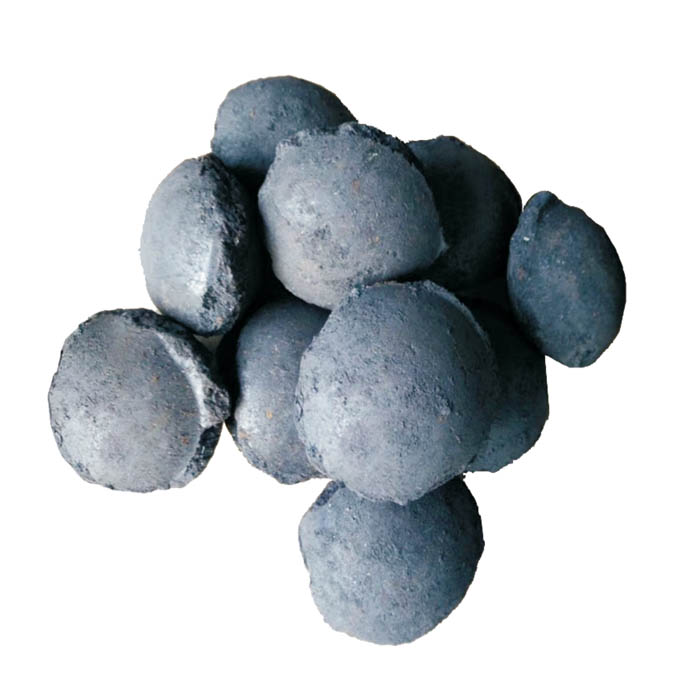Sht . 28, 2024 08:00 Back to list
Exploring the Properties and Uses of Galena and Bauxite in Modern Industries
Exploring Galena and Bauxite Two Essential Minerals
Minerals play a crucial role in our daily lives, serving as the backbone for various industries and technologies. Among these, galena and bauxite are two significant minerals that have garnered attention for their unique properties and applications. While galena primarily contributes to the lead industry, bauxite is the principal ore of aluminum. This article aims to explore the characteristics, uses, and environmental impact of these two essential minerals.
Galena The Lead Ore
Galena, with its chemical composition of lead sulfide (PbS), is recognized as the primary source of lead. It typically appears in crystalline form, often exhibiting a silver-gray color. Galena is not only significant for its lead content but also for its role in the extraction of silver. Historically, it has been mined since ancient times, utilized for its malleability and resistance to corrosion.
Galena mining is often conducted in regions where the mineral is abundant, such as the United States, Canada, and Australia. Once extracted, galena undergoes a process known as smelting, where it is heated to separate lead from sulfur and other impurities. The resultant lead has numerous applications, including batteries, radiation shielding, and as a pigment in paints.
However, the mining and processing of galena have raised environmental concerns. Lead is a toxic metal, and exposure can lead to serious health issues, including neurological damage. Consequently, mining operations must adhere to strict environmental regulations to minimize the impact on surrounding ecosystems and communities.
galena and bauxite

Bauxite The Aluminum Giant
Bauxite, on the other hand, is the primary ore of aluminum and consists mainly of aluminum oxide minerals, specifically gibbsite, boehmite, and diaspore. This reddish-brown rock is primarily formed through the weathering of aluminum-rich silicate rocks. Its extraction and processing constitute a crucial part of the aluminum industry, making it vital for modern infrastructure and technology.
The process of obtaining aluminum from bauxite involves the Bayer process, where bauxite is crushed and refined with caustic soda under high pressure and temperature to produce alumina (Al2O3). The alumina is then subjected to the Hall-Héroult process, which involves electrolysis to yield pure aluminum. This lightweight metal is widely used in transportation, packaging, construction, and many electronic devices due to its excellent strength-to-weight ratio and resistance to corrosion.
While bauxite mining is essential for aluminum production, it also poses significant environmental challenges. The process can lead to deforestation, soil erosion, and the production of red mud, a toxic byproduct that must be carefully managed to prevent contamination of water sources. As a result, sustainable mining practices are becoming increasingly important in mitigating the environmental impacts associated with bauxite extraction.
Conclusion
In conclusion, galena and bauxite illustrate the dual nature of mineral resources they are invaluable to industries but also present challenges for environmental sustainability. The lead obtained from galena and the aluminum derived from bauxite are crucial for a multitude of applications that drive modern society. As we continue to rely on these minerals, it is imperative to adopt responsible mining practices that minimize environmental degradation while maximizing the benefits derived from these essential resources. Both galena and bauxite remind us of the delicate balance between resource utilization and environmental stewardship, highlighting the need for innovation and sustainability in mineral extraction and processing.
-
High-Quality Fe-C Alloy Leading Manufacturers & Spherical Alloy Materials Supplier
NewsJun.10,2025
-
Premium Low Nitrogen Recarburiser Supplier & Manufacturer – High Quality Exporters
NewsJun.10,2025
-
DT4 High-Quality Magnetic Materials Leading DT4 Manufacturer & Supplier
NewsJun.10,2025
-
High-Performance Spring Steel Suppliers Custom Solutions
NewsJun.10,2025
-
Premium SWRCH6A Manufacturer Steel Wire Supplier & Factory
NewsJun.10,2025
-
Premium Mild Steel Wire Rod Supplier & Manufacturer
NewsJun.10,2025
